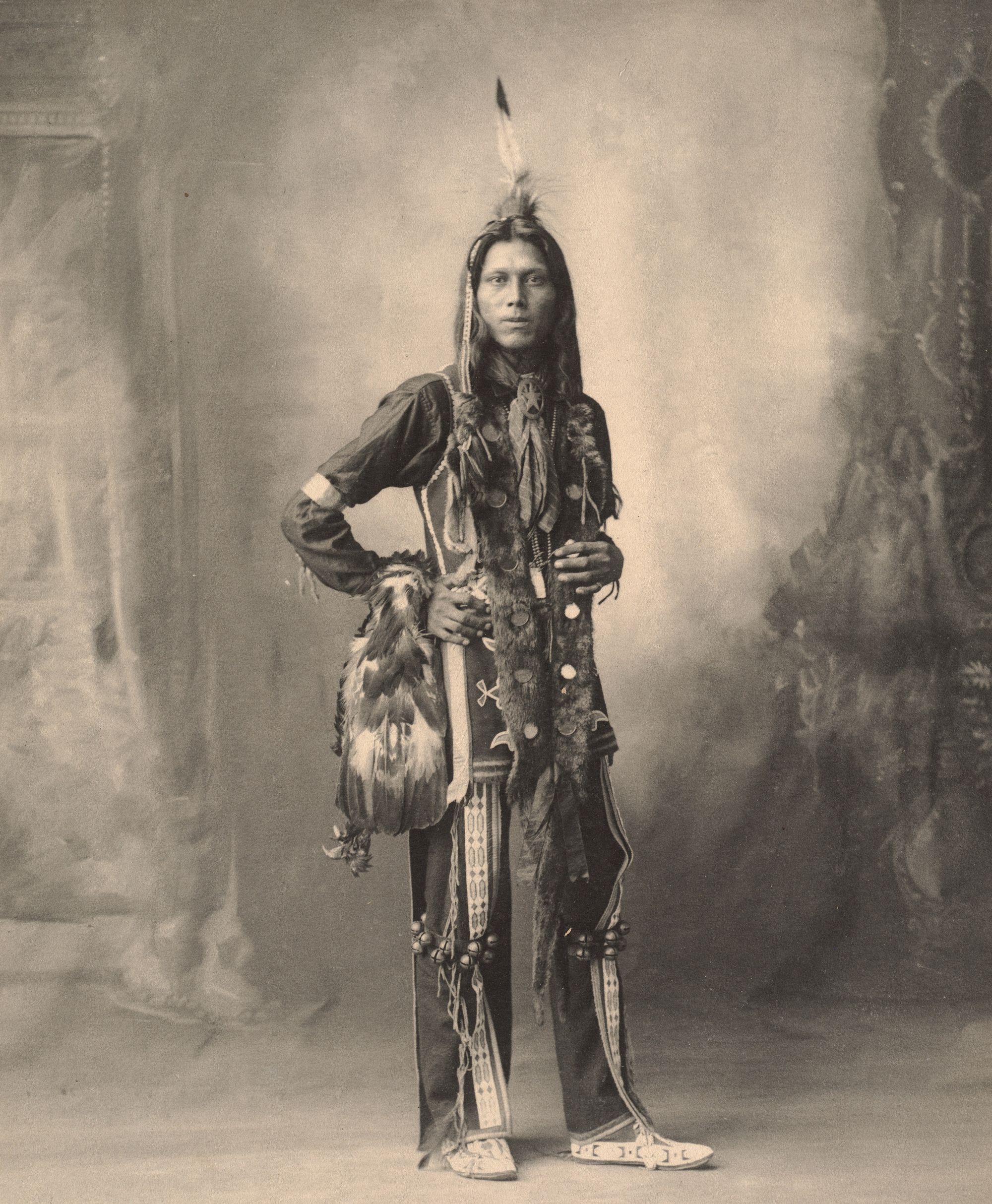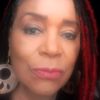In Celebration of The Badass-ness of Indigenous Peoples
somehow humans have managed to contaminate land and the atmosphere, the same land that went unharmed for thousands of years with Indigenous inhabitants. Some of the most educated among us now look to them for answers.

“By 2100, we risk a ‘climate apartheid’ scenario where the wealthy pay to escape overheating, hunger, and conflict while the rest of the world is left to suffer…. Many will be forced to choose between starvation or migration.” Philip Alston, United Nations Special Rapporteur on extreme poverty and human rights
Call it nature, God, or the Universe, sometimes we get the opportunity to see life deliver a big whopping serving of humble pie.
By all accounts, Christopher Columbus made way here by mistake, found people here who he and his crew enslaved or murdered. He then claimed the land as “discovered.” The History Channel tells his true story:
Throughout his years in the New World, Columbus enacted policies of forced labor in which natives were put to work for the sake of profits. Later, Columbus sent thousands of peaceful Taino “Indians” from the island of Hispaniola to Spain to be sold. Many died en route.
The relationship between the U.S. government and the original stewards of this land is a legacy of sadness and cruelty. From broken promises to genocide, our government supported and enacted the forced migration of Indigenous Peoples to reservations, AKA internment camps. An entire people pushed into extreme poverty.
There was and is… a disconnect
Unlike the European system, private ownership of land was not part of most Indigenous cultures. They controlled certain areas for hunting and agriculture and defended them, but owning land is not a tribal concept. In fact, our practice today of land acknowledgment comes from the tradition of guests honoring the tribe who controlled the land they were visiting.
Fast forward to today when somehow humans have managed to contaminate land and the atmosphere, the same land that went unharmed for thousands of years with Indigenous inhabitants. Some of the most educated among us now look to them for answers.
The Washington Post cited a report from the United National Intergovernmental Panel on Climate Change that basically says, we’re screwed if we don’t fix this. “The world is likely to pass a dangerous temperature threshold within the next 10 years, pushing the planet past the point of catastrophic warming — unless nations drastically transform their economies and immediately transition away from fossil fuels, according to one of the most definitive reports ever published about climate change.”
The report states that scientists anticipate climate disasters so extreme that humans will not be able to adapt. Millions of lives will be destroyed by heat waves, famines, and infectious diseases by the end of this century.
Here’s the humble pie part…
Leading scientists and research institutions around the world are now going to the people who managed to live more than 9,000 years without destroying the environment to learn how they did it.
A research hub by the National Science Foundation, (NSF) is being funded to integrate the knowledge of Indigenous Peoples into their scientific research. They want to tap into Native expertise in “flora and fauna to medicines, weather and climate.” This is the result of ongoing discussions over the effects of colonialism in science.
The center will marry indigenous knowledge of the environment with Western science while respecting cultural traditions. One of the leaders is an archeologist of Indigenous ancestry.
Turns out many Indigenous practices are already combatting climate change, things like; native tree plantations in Nepal, community-managed forests in Bangladesh, and the use of traditional technologies in the Pacific, storing carbon and managing natural resources.
Native knowledge goes beyond our current climate crisis
What we call STEM (Science, technology, engineering, and math is heavily influenced by Native Peoples. According to the Smithsonian’s National Museum of the American Indian, more than 50 medications we use today are rooted in traditional medicines use of plant extracts.
“The Olmec Peoples of Mesoamerica created rubber. Indigenous Andeans developed complex and extensive road networks and suspension bridges that successfully distributed foods and resources across territories spanning six countries in modern South America.” And using gravity, Inka agricultural terraces power water distribution and limit the use of land. The theme is the same; traditional wisdom is a holistic approach to living in harmony with our natural resources.
So, Who Are Indigenous Peoples?
I probably should have started with this but chose not to because I wanted to tell the story first.
The United National Permanent Forum on Indigenous Issues offers this mouthful of insight: “Indigenous Peoples have ‘historical continuity or association with a given region or part of a given region prior to colonization or annexation; identify themselves as indigenous and be accepted as members by their community; have strong links to territories, surrounding natural resources and ecosystems; maintain at least in part, distinct social, economic and political systems; maintain, at least in part, distinct languages, cultures, beliefs and knowledge systems; are resolved to maintain and further develop their identity and distinct social, economic, cultural and political institutions as distinct peoples and communities; and often form non‐dominant sectors of society.”
We’re talking about people who lived here long before any “discoveries.” And whose knowledge comes from the observation, respect, and interaction with nature. People who consider nature as sacred and connected to humanity, not separate from it. There is balance in the use of the earth’s resources. There is a spiritual connection to land.
We live in a time now in which we are uncovering and outing many of histories scams. A grave one has been in the stereotyping of Indigenous Peoples as inferior, savage, and violent. Think of all those brainwashing movies we saw as children, the cruel and inaccurate characterizations of an entire group of people. I view much of what’s called our history (and I’ve written this before) as marketing pieces for white supremacy vs factual documentation.
Also, think about the way in which Christopher Columbus has been hailed some kind of hero or great explorer while our history books have mischaracterized his acts of theft and murder. It’s been outrageously unfair and dangerous.
And who knew … it would be up to nature to settle the score.
